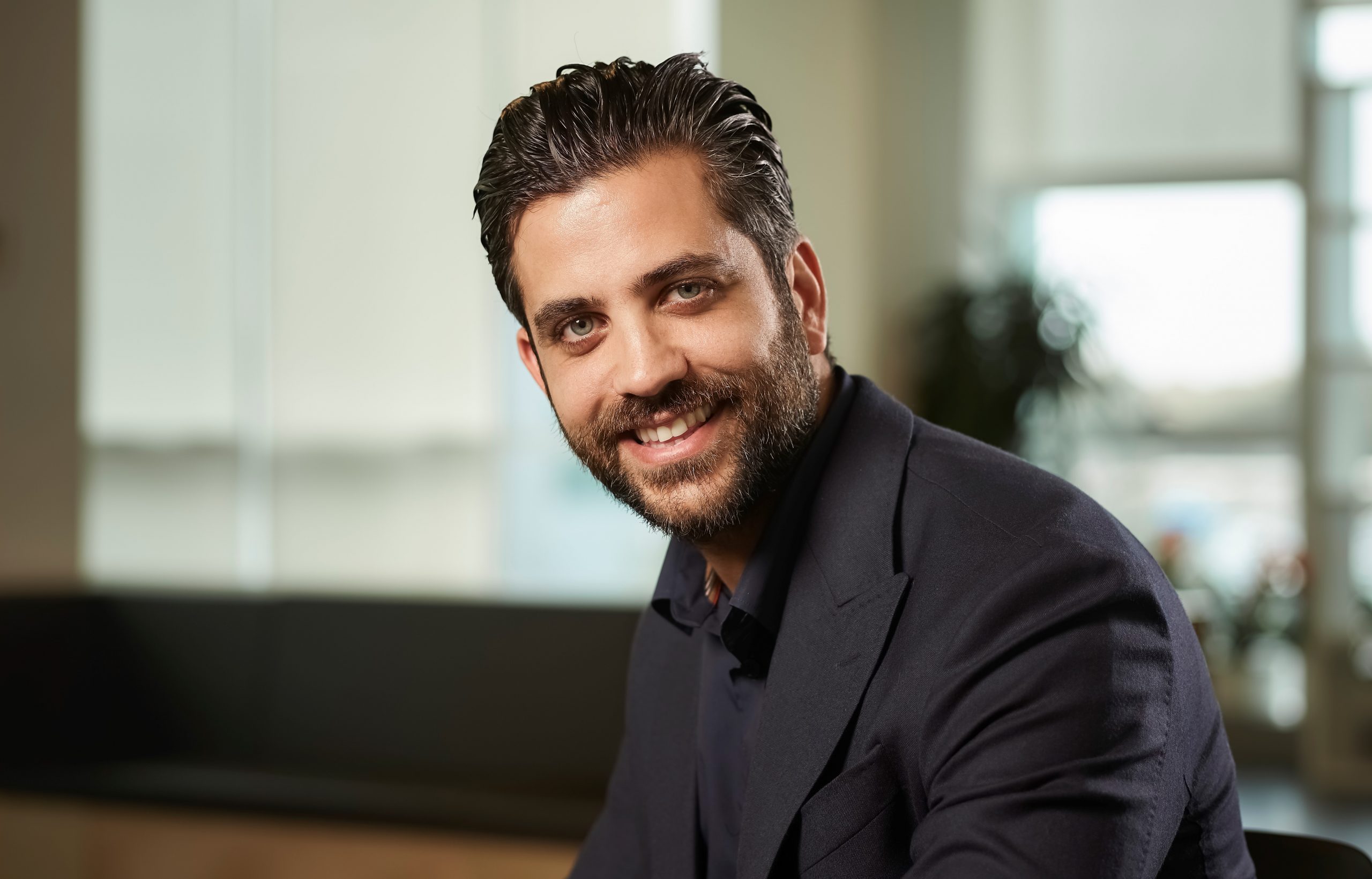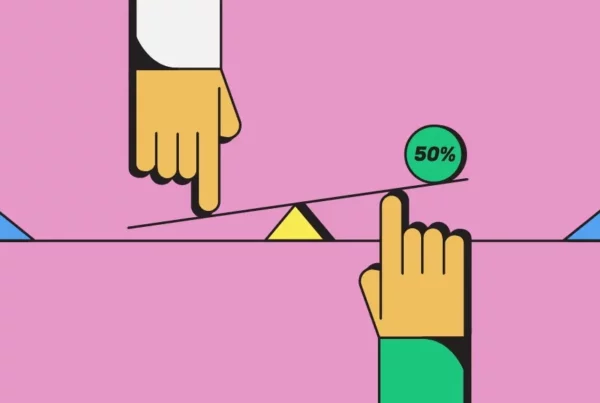News >

Collaboration, or the Importance of Casual Collisions
Saleh Ghazal, Managing Director of OMD MENA, discusses collaboration, processes and finding the right people.
How would you define collaboration?
Collaboration is much more than teamwork or collective work; it is having the right mindset, the right culture, and it doesn’t have to be within the same discipline or the same team. We are now at a time when, more than ever, collaboration is needed with a wider audience.
I really like the idea of ‘casual collisions.’ Pre Covid, we had people talking to other people outside of their teams – in the lift, in the pantry, while having a tea break – and bouncing ideas with individuals or talents outside their day-to-day job or direct team. Collaboration really stems from these casual collisions between individuals to deliver better work for clients. During Covid, we missed that.
How do you foster such a culture, especially in a diverse country in terms of ethnicity, language, religion, values, etc.?
It’s very difficult to build a culture top bottom. Culture comes from the people. So, you foster the culture by listening to people, understanding exactly what they want, hearing them out, and, to a certain extent, by trial and error.
Building a culture requires a lot of time, but it also requires the right tools. During Covid, we’ve invested a lot in tools like Microsoft Teams or Zoom because it was very hard for us to have that interaction with the wider people. But it affected the culture a lot.
And how do you foster a collaborative mindset within the organization, specifically?
It’s a very difficult question. [Achieving that] is a mix of many things, including leadership – leading by example – and a proper hiring strategy. We need to see whether a talent fits within that culture and has that mindset of creativity, openness, diversity, and inclusion. Because changing someone’s mindset or helping people come up with a mindset is difficult. You can’t educate people on how to read the room or how to improve their emotional intelligence.
How can systems and processes help?
I’m not a huge fan of processes because processes limit someone’s creativity and kind of boxes them into a certain framework. If we did not have strict policies and strict processes, innovation would be much higher. Of course, there are definitely certain processes that you need to follow to help people fall into place and reach certain positions or thoughts. But even these processes, to a certain extent, limit creativity. It’s the opposite of fostering a culture of creativity and imagination. There [should always be] room for someone to move away from that straight line, to experience something that is new and experiment with something that is different. To allow someone to test and fail and learn from their mistakes is the only way we can innovate. This is something that we are trying to develop to be able to foster innovation and creativity.
So, what do you think of tools and techniques like design thinking, for example?
As an organization, we do brainstorming sessions, ignition sessions, and so on, and there is a process on how we conduct these sessions. But with time, you become used to them and you no longer are creative. This is why these processes themselves should be disrupted. This is why, as an organization, we’ve come up with different techniques that we keep trying even during a single year, because we don’t want to hamper creative thinking and innovation.
Collaboration goes beyond an organization. It also involves partners and clients. How do you approach that?
Everything that I’ve talked about so far is about collaboration not only inside the organization but also outside of the organization. Collaboration is embedded in everything that we do, from our personal lives to how we apply it to creative problem-solving at the workplace, with clients, with partners, with competitors.
If you really know how your clients operate, you should be able to nurture collaboration. There can be resistance only if the clients do not see the value. As long as you portray and illustrate the value of that collaboration, then I don’t think there is anyone who’d say no to that – unless there is ego behind it.
And that never happens, of course.
It definitely happens and this is the biggest challenge that we have in that industry. But for you to be able to overcome that ego, you need to show the value that you bring to the table.
What practical advice, tips, or tools would you share to help foster and enhance collaboration in an agency?
The more facetime and teamwork people have, the more you foster collaboration and creativity. Inspiration comes from people’s actions, words, and even how they carry themselves. When two or more team members collaborate together, joining their thoughts, it produces better results and it opens doors for arriving at more innovative solutions. This is something that we have noticed a lot during the lockdown. People did not have facetime with one another – these casual collisions I mentioned earlier. This is why after the lockdown, we started asking people to come to the office.
This interview first appeared on Communicate.


